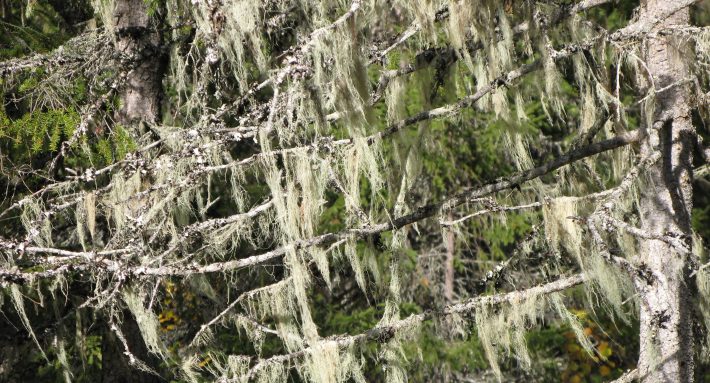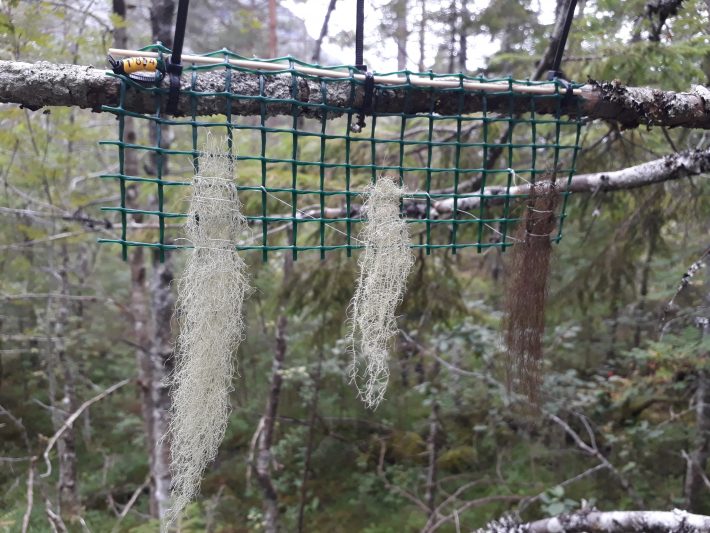Research from Umeå University explains how traits in pale lichens allow them to thrive in wet climates. The study is published in Journal of Ecology.

The study found that growth of pale pendulous lichens increased strongly with amount and frequency of precipitation, while rain had a small effect on growth of dark lichens.
"Understanding how environmental factors and the functional traits of species regulate growth is fundamental to being able to predict how lichens and other organisms react to climate change. Our results indicate that pale pendulous lichens will benefit from a future warmer and wetter climate", says Per-Anders Esseen, professor emeritus at the Department of Ecology, Environmental Sciences at Umeå University.
The unique study was carried out by Per-Anders Esseen and Kristin Palmqvist at Umeå University, together with Nathan Phinney and Yngvar Gauslaa from the Norwegian University of Life Sciences in Ås. The research team has studied lichens together for more than 15 years.
The researchers transplanted lichens to nine spruce forests across a large-scale climate gradient, spanning from the driest to the wettest areas in Scandinavia. The study addresses the relative contribution of both climatic factors and lichen functional traits to growth of the pale, pendulous canopy lichens, Alectoria sarmentosa and Usnea dasopoga, and the dark Bryoria fuscescens.

Lichens are complex partnerships between fungi and photobionts (an alga, or a cyanobacterium), which passively take up water. Hair lichens - with fine, often pendulous, branches - are particularly sensitive to environmental hazards such as pollution, forestry and climate change, yet are vital components of forest canopies worldwide.
The researchers found that growth of pale hair lichens increases significantly with amount and duration of rain, whereas the dark lichen was marginally affected. The algae in pale lichens receive more light and have higher photosynthesis during rainy and cloudy weather than algae in dark lichens, where melanin pigments screen light. Results show that the relationships between growth and rainfall in these lichens depend on colour of the lichens, water storage traits, size, and chlorophyll content.
Their findings help to explain global, regional, and local distribution patterns of hair lichens.
"The knowledge is crucial for predicting how climate change will affect these ecologically important canopy organisms", says Per-Anders Esseen.
You can read the full article for free here:
Phinney, NH, Gauslaa, Y, Palmqvist, K, Esseen, P‐A. Macroclimate drives growth of hair lichens in boreal forest canopies. J Ecol. 2020; 00: 1- 13. https://doi.org/10.1111/1365-2745.13522






